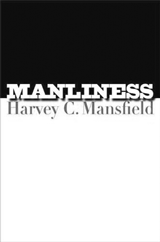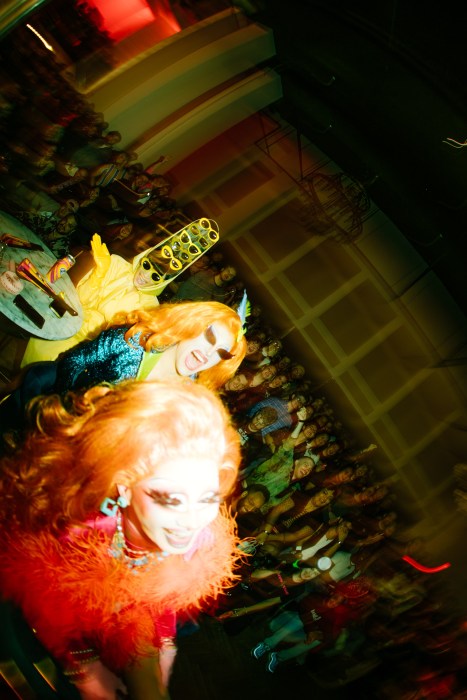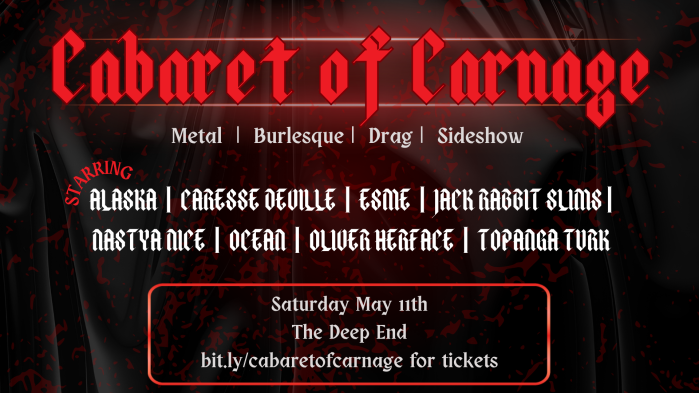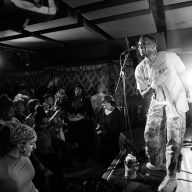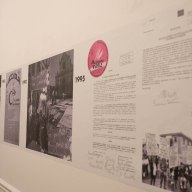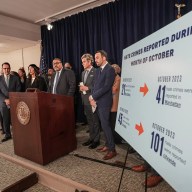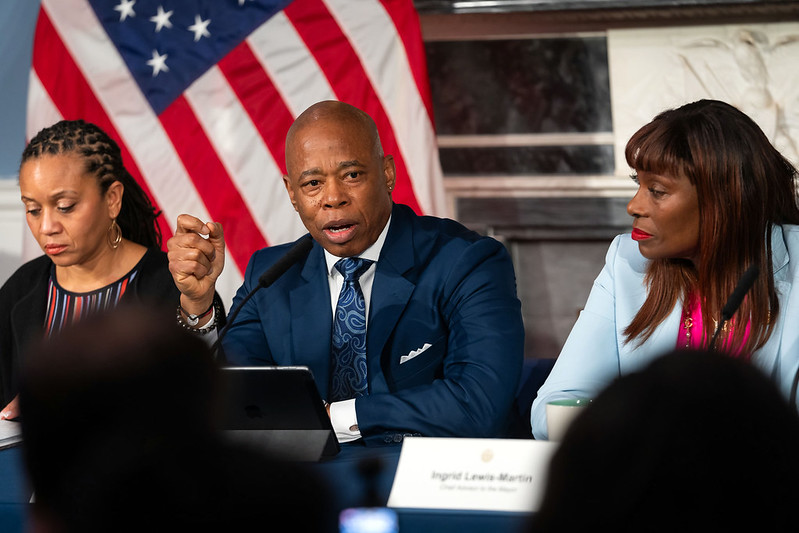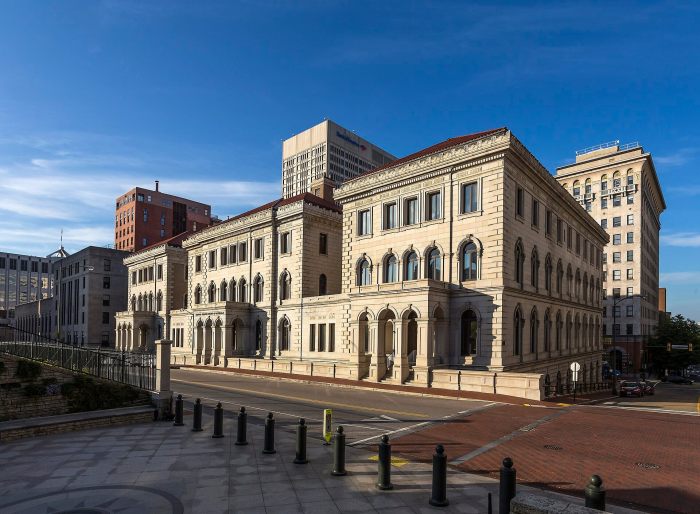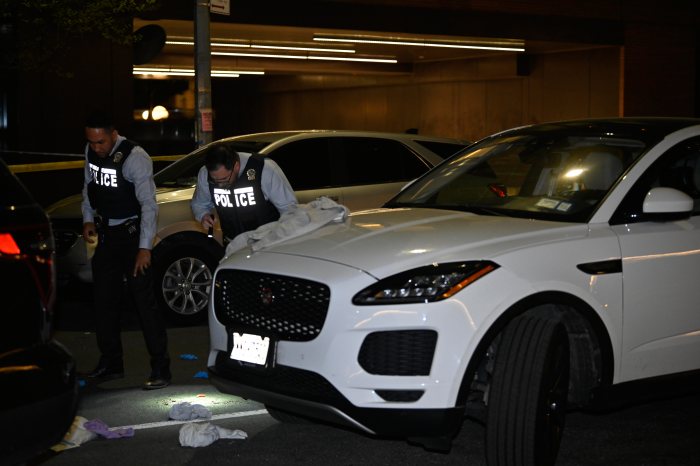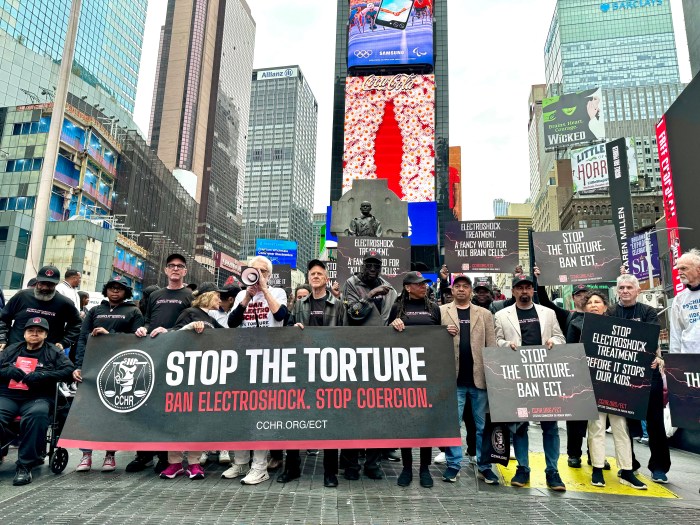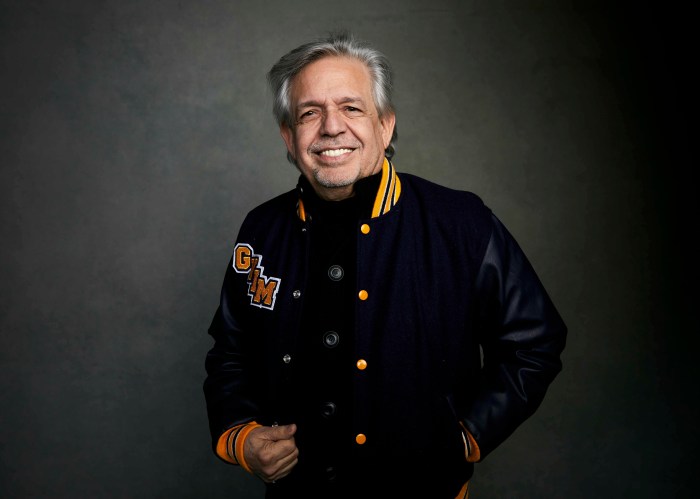The examination closeted in Harvey C. Mansfield’s “Manliness”
The good news is that the book provides feminists with a reason to cheer. Why? Because we’ve been round this block once before.
The anxiety of Mansfield, a Harvard government professor, over what he calls our “gender-neutral” culture—I will return to this—recalls those other anxiety-ridden pages scripted by the likes of Henry Adams and Henry McBride during the eras of the ‘New Woman’ and ‘High Modernism’—the late 19th and early 20th centuries. In his charmingly caustic “The Education of Henry Adams,” Adams laments that woman was “trying to find her way by imitating [man].” Indeed, McBride, soon after, fretted that the modern 20th century, with its moral “barriers down,” was doomed as the “age in which women wish to be men.” Of course, mid-century Americans similarly and desperately stood guard at the cultural gates of patriarchy, exemplified in Philip Wylie’s fear of “momism” in his “Generation of Vipers” and William Whyte’s depiction of the over-functional “Organization Man.” Alas, Mansfield’s anxiety simply falls in line with those who came before him and who urgently applied bandages to the frayed and bruised contours of their manliness.
What is perhaps refreshing—again for us feminists—is Mansfield’s marshaling of the Greeks and his nostalgia for manly men such as Theodore Roosevelt, John Wayne, and Gary Cooper. It is refreshing because, as this short list indicates, it is clear that the professor has far less ideal material with which to work today. And although Mansfield identifies these figures as monuments to stalwart manliness, he misses the often-ironic effects of their manly stature.
In a film like “The Searchers,” for example, Mansfield overlooks the madness that dear Ethan Edwards/John Wayne experiences in the face of a racially transformed America—both 1865, the year of the film’s narrative, and 1956, the year of the film’s release. Mansfield also conveniently ignores Wayne’s foray into manly insanity as Tom Dunstan in “Red River”—but that’s another discussion.
To be sure, conjuring contemporary manly men to support Mansfield’s argument finds little fuel on today’s U.S. stage. Even this contributor to The Weekly Standard is hard pressed to categorize George W. Bush and Dick Cheney on the same page as Theodore Roosevelt; indeed, it is hard to imagine TR inviting Cheney on a hunting expedition. Moreover, even today’s champions of figures such as Wayne and Roosevelt—from the right and the left—point to the “ambiguities” (a word that Mansfield finds, shall we say, inadequate) of these virile specimens of American culture.
Though Mansfield is loathe to engage in “social construction,” and incorrect in assigning its origins to Michel Foucault, he stumbles over the body, nay, the ambiguities of Theodore Roosevelt: What is one to do about his strategic campaign to reconstitute his less-than-manliness into a virtuous, manly man? It is especially tricky to answer this since Mansfield neglects to mention some historically important barbed rhetoric tossed at Teddy by his cronies in the New York State Legislature. Before heading out West, the dandified Roosevelt was referred to as an “Oscar Wilde.” The cultural reference was clear, especially to Roosevelt. But since Mansfield decides at the outset of his book that “homosexuality” is omitted as “a topic,” the reader is not given the opportunity grasp the social pressures—dare I say ideological forces?—that Roosevelt experienced to trigger his “strenuous life.”
Even if we are to forgive this oversight of historical queerness—and forgiveness is something we feminists do so well according to Mansfield—it is startling that he overlooks in the entirety of his book one of Roosevelt’s favorite American writers, Walt Whitman. Whitman, an acquaintance of Roosevelt’s friend, the naturalist John Burroughs, was, as Teddy viewed it, “not known to the people as widely as he should be known.” And though Roosevelt thought that Whitman “was not quite natural” in his creative enterprises, the poet nonetheless realized through his art “anything that was striking and vividly typical of the humanity around him.”
It is understandable why Mansfield avoids such a passage in Roosevelt’s massive volume of writing since the use of the term “humanity” chips away at the heart of Mansfield’s argument—to emphasize the ‘human’ over the ‘man’ is to reinforce the dangerous zone of a gender-neutral culture. To admit that the likes of Roosevelt might turn to such a term as ‘humanity,’ or, in fact, entertain its potential in broad contexts, fractures Mansfield’s imaginary plane of linguistic, manly assertiveness he assigns to the statesman. The historical world, even the figure of Theodore Roosevelt, is usually more complicated than one person—ahem!—assertively declares.
Mansfield’s dismissal of Whitman from “Manliness” begs the question—what else is the professor closeting? If we simply stay within our narrow discussion of Roosevelt and Whitman we may rightfully inquire about Whitman’s key works about American manliness, “Democratic Vistas”—it is a book Roosevelt certainly read; he read everything he could get his hands on, including Wilde’s “De Profundis.” Its absence from Mansfield’s book may reveal why homosexuality is omitted as a “topic” in the book. The obvious queer Wilde, however, is given mention—“quickly”—on page 126.
In “Democratic Vistas,” Whitman clearly links manliness to the sublime landscape he envisaged as particularly American, a sublime rendering embraced by Roosevelt to be sure. More assertively—as a man is wont to do according to Mansfield—Whitman declares that both American men and women are to be rugged and earthy. Women, in their capacity as the nation’s mothers, are to be strong and fertile while they work hand-in-hand with—as?—men… et voila! This is why Mansfield neglects Whitman and why he dare not link his beloved Roosevelt with the poet. Whitman’s wish for strong men and women is the very definition of Mansfield’s bête noir concept—gender neutrality.
Mutatis mutandis, American “gender neutrality”—not to be confused with the European logic of this concept—is actually a 19th-century phenomenon and not the poisoned gift of radical 1960s and ‘70s feminists whom Mansfield excoriates. In fact, American gender neutrality is the gift of a gender-unspecific American man! It appears, then, that the “topic” of homosexuality is not omitted from the book, as Mansfield describes. It is, rather, a case study of Eve Sedgwick’s “epistemology of the closet.”
Thus, the oversight of Whitman in “Manliness” is not surprising. Not only did Roosevelt admire Whitman—in all his un-natural manliness—he understood him to be a significant voice of American “manhood.” What Roosevelt could not or would not recognize was that this voice would resonate for heterosexuals, homosexuals, transgenders, whites, and blacks, and on and on. Mansfield’s convenient erasure of Whitman from “Manliness” is yet another moment for feminists to celebrate because we feminists—oh, and queer theorists too—have learned time and time again that that which “man” writes is never simply the final word.
David A. Gerstner is the author of “Manly Arts: Masculinity in Early American Cinema” and editor of “The Routledge International Encyclopedia of Queer Culture .”
gaycitynews.com

